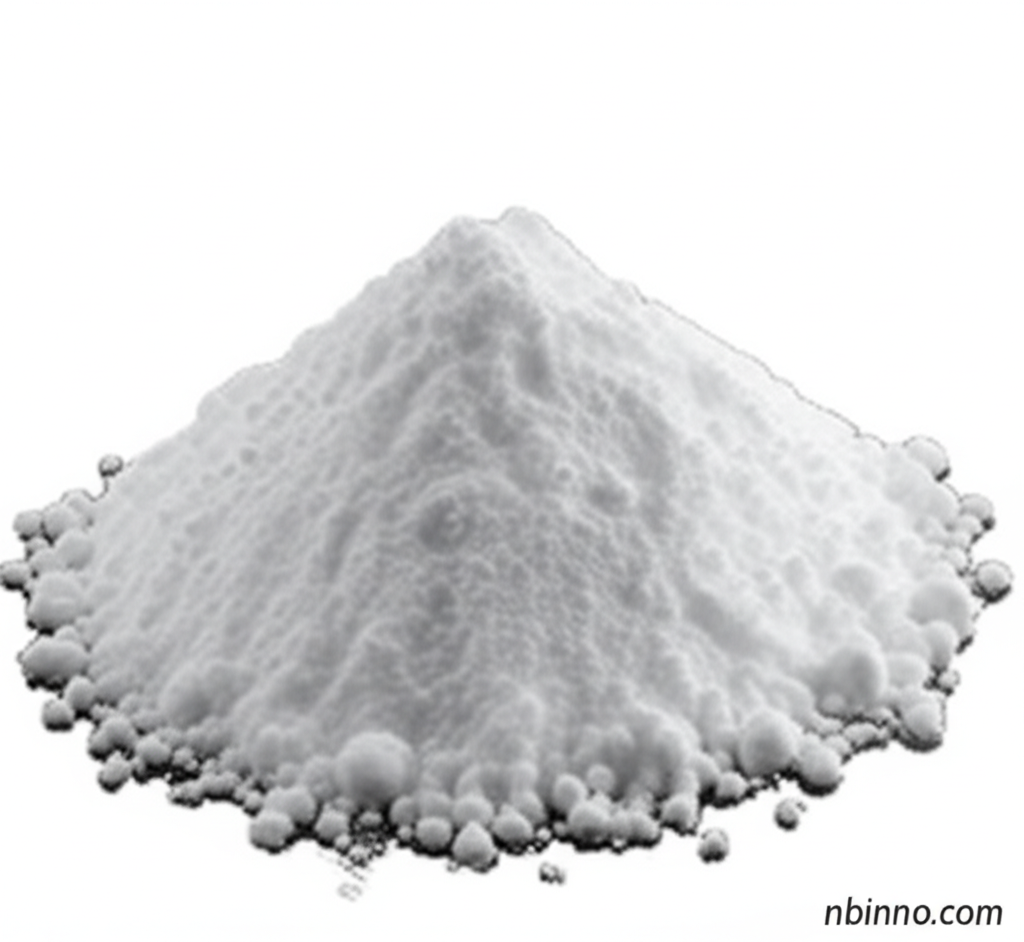Unlocking the Versatility of Hydroxypropyl Methylcellulose: Properties, Applications, and Benefits
Discover the multifaceted nature of HPMC, a key ingredient revolutionizing various industrial sectors with its exceptional properties.
Get a Quote & SampleProduct Core Value

Hydroxypropyl Methylcellulose
Hydroxypropyl Methylcellulose (HPMC) is a non-ionic cellulose ether derived from natural cellulose through chemical modification. Its molecular structure, featuring methoxy and hydroxypropoxy groups, imparts excellent water solubility and surface activity. Its neutral aqueous solutions exhibit remarkable thickening, emulsification, film-forming, and adhesive properties, positioning it as an ideal dispersant and additive across numerous industries.
- Explore the crucial role of HPMC as a dispersant in PVC suspension polymerization, ensuring uniform monomer dispersion and preventing particle aggregation for enhanced product quality.
- Understand how HPMC's water retention properties contribute significantly to the performance of construction materials like mortars and plasters, improving workability and strength.
- Learn about HPMC's thermal stability, allowing it to maintain efficacy within typical production temperature ranges, thereby ensuring process control and consistent product quality.
- Discover the advantages of using HPMC, such as its efficient dispersing ability, which reduces interfacial tension and optimizes polymerization efficiency compared to traditional dispersants.
Key Advantages Offered
Enhanced Dispersing Efficiency
Leveraging its excellent interfacial activity, HPMC significantly reduces water-oil interfacial tension, leading to more uniform monomer dispersion and improved polymerization efficiency in applications like PVC suspension polymerization.
Superior Water Retention
In construction materials, HPMC's high water-holding capacity extends working time, boosts work efficiency, and contributes to higher mechanical strength during solidification, showcasing its vital water retention properties.
Reliable Thermal Stability
HPMC maintains stability within typical processing temperatures (40-80℃), ensuring the controllability of polymerization processes and the consistency of product quality, underscoring its excellent thermal stability.
Key Applications
Polyvinyl Chloride (PVC) Production
HPMC serves as a primary dispersant in PVC suspension polymerization, improving dispersion stability, particle morphology, and plasticizer absorption, highlighting its critical role in the PVC industry.
Construction Materials
In mortars, plasters, and putties, HPMC acts as a binder and water-retaining agent, enhancing spreadability and extending working time, making it a key component for building materials.
Food and Cosmetics
HPMC's properties make it valuable in food products for taste enhancement and fat absorption control, and in cosmetics as a thickener and stabilizer, demonstrating its versatility.
Paints and Coatings
Its thickening and film-forming abilities are utilized in paints and coatings to improve application properties and finish quality.
